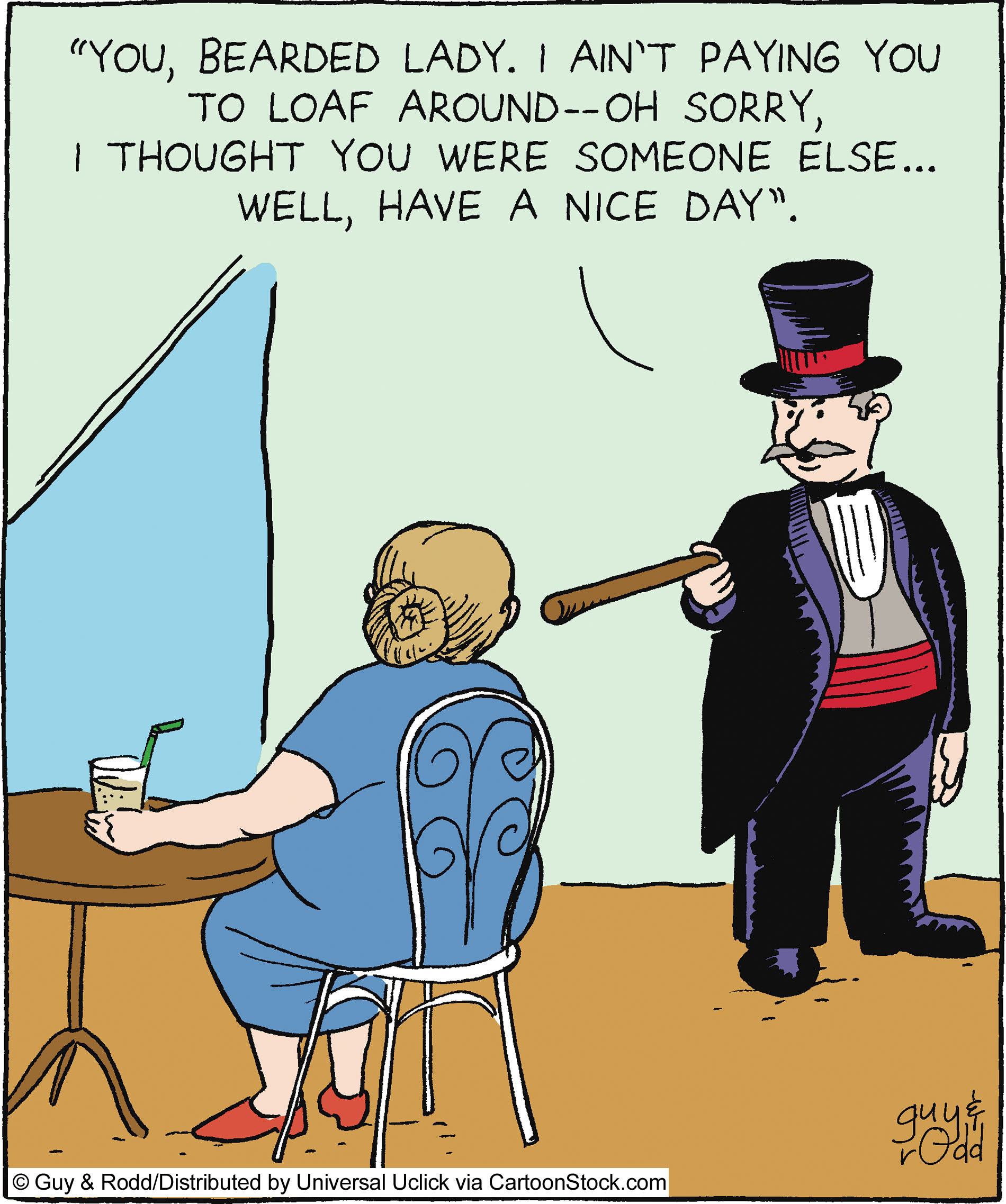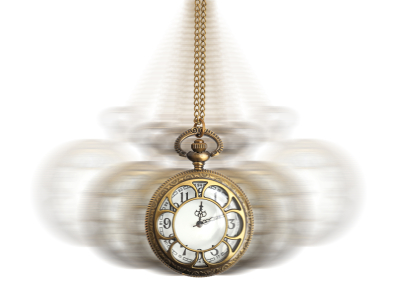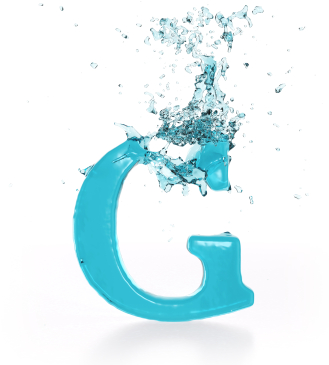Wednesday Bubble: Sexual health and hypnosis
You’re getting verrrrrrry…
turned on?
According to a newly reported study during this month’s American Psychological Association Annual Meeting, hypnosis might be the very thing to improve sexual desire and satisfaction.
If you step back, it does make sense. As I’ve written previously, hypnosis may help alleviate the frequency and severity of hot flashes. Think about it: fewer flashes may lead to better sleep and less stress. Both may beget a greater interest in being close, since hot flashes have been alleviated. According to the lead researcher, Dr. Gary Belkin, the warmth from closeness can trigger a hot flash, although admittedly, this is the first I’ve heard of it.
Still, the study, which examined the effect of hypnosis, appeared to suggest significant improvements in overall sexual health. 187 postmenopausal women participated in five weekly hypnosis relaxation sessions in which they received direct and indirect suggestions for relaxation, coolness and mental imagery or structured attention sessions that entailed supportive counseling. They also rated sexual desire and pleasure, symptoms and the degree to which hot flashes appeared to interfere with sex both at the beginning and end of the study.
Elkins reports that after 12 weeks, hypnotic relaxation therapy appeared to significantly improve sexual satisfaction and pleasure and decrease discomfort. And while he acknowledges that postmenopausal sexual health can be affected by factors other than hot flashes, e.g. fatigue, self esteem, partner’s health and the quality of the relationship, the positive effects of hypnosis warrants more research.
Meanwhile, perhaps self-hypnosis can help get those juices flowing again? Who knows?
Read More
Newsflash: MsFLASH needs participants
I know, it’s Wednesday and you are probably thinking that I’m taking a mick; who else would be Ms. FLASH than me, right?! However, this is a bonefide ask and post. MsFLASH –Menopause Strategies: Finding Lasting Answers for Symptoms and Health (MSFLASH)– is a network of studies evaluating potentially promising treatments for common menopausal symptoms. Started by the National Institutes of Health, MsFLASH comprises five research centers in Boston, Oakland, Philadelphia, Seattle and Indianapolis who are exploring various interventions for hot flashes, night sweats, mood disorders and sexual issues. Mind you, some of these studies are looking at pharmaceuticals so they might not be appealing. However, if you are a woman between the ages of 40 and 62, going through the pause and experiencing frequent symptoms, you may wish to consider participating.
My goal is and has always been to further our understanding of the challenges of menopause and exploring viable strategies to address them. Without research, this is impossible and leaves only one avenue: hormone replacement. And we all know what a slippery slope that has proven to be.
MsFLASH may ultimately reveal nothing of value. Or, it may be five years times $4.4 million well spent.
Check it out. Who knows? You may be part of history in the making!
Read MoreWednesday Bubble: Seize the moment. Seize a cupcake!
There is a Twitter feed entitled “Cupcake Quotes.” I thought that the following would be a great introduction for this post:
“Don’t wait for extraordinary moments. Seize the moment with cupcakes!”
What moment might I be talking about?
The moment when desires stirs deeply in your loins and there’s nothing there to satisfy but a…
CUPCAKE!
Oh, I’m not referring to the frosted handful of wondrous, creamy icing and moist cake, but to Designer Shiri Zinn’s Cupcake, “the adorable, mighty and oh, so sweet cupcake vibrator.”
WHAT?!
Yes, a cupcake vibrator for those times when you crave a sweet of the carnal variety, when you want to pop the cherry that “packs a punch,” when you desire delicious sensations that resonate ‘sweets for the sweet’ or when you simply want to soar…
Right. A cupcake, the nifty ‘pretty in pink and pokadots” vibrator that sits right in the palm of your hand, offers five speed variations and can innocently pass inspection during your next flight.
So, now that I’ve taken the mick, so to speak, let me tell you want I really think:
This one’s a huge dud. I took the cupcake for a test drive and let me tell you, it’s one of the worst designs ever and the cherry, while delivering the goods, just doesn’t make me want to repeat the experience…ever. This clitoral stimulation device is only appealing on one level: it’s a great gag gift (although it’s $48 price tag might leave you with a sour aftertaste) or a moment of fun for a girls night out. Otherwise? Save your money and check out BloomEnjoyYourself.com for their full line of high-end toys to get you where you want to go. The site is also a good source of curated, vetted information on sexual health and adds some fun information in its Daily Bloom.
Word to the wise dear readers: the next time you are ready to carpe diem, find your passion, have your cake and eat it too, well, I recommend that you reach for the real deal and save the cupcake for sweet afterthoughts.
[Disclosure: Bloom Enjoy Yourself contacted me to ascertain my interest in testing out Shiri Zinn’s Cupcake. I was not paid for an endorsement nor was the blog post provided to them ahead of publication for vetting or review.]
Read More
What’s fueling your fire in the morning?
Let me guess: SEXCEREAL?!!
This ‘Big Functional Food’ would have slipped by with nary a thought had my friend David Svet not brought it to my attention. But he did and hence, I had to share it with you. After all, it’s Friday and time for some folly.
So, let’s talk about SEXCEREAL, shall we?
This product is not only “the first food product to go viral” (really? What about Life or Tang, which was viral for their time?), but, it is also a ‘gender-based cereal…created with sexual health in mind.’ Wow! It’s downright bodacious and bodylicious!!!
What’s in this amazing, nutritionally-formulated, quality-controlled bowl of desire?
- Maca
- Cocoa nibs
- Sunflower
- Chia seeds
- Almonds
- Flax seeds
- Oat bran
- Ginger
- Oats
Among all of these ingredients, only maca and cocoa have been scientifically studied for their effects on sexual desire. I’ve written previously about maca and the evidence, at least from scientific trials, is pretty scant. Chocolate, on the other hand, has long been considered an aphrodisiac. Yet, when it was studied in women specifically for its effects on scientific desire and pleasure, the data are not so clear; some women have self reported higher levels of desire after eating chocolate but when the data are scrutinized, these results don’t hold. The rest of the ingredients? Honestly, I am lost.
If cereal is your morning bag, you could eat worse; each serving of SEXCEREAL does dose up a nice bit of fiber and omega-3 fatty acids. It’s low in sodium too. But if you are looking for fire, you may want to look elsewhere. And if you are into eating your sex and having it too? Well, there are certainly much better solutions!
p.s. If you want a chuckle, check out the testimonials.… SEXCEREAL – “I love a cereal that goes all the way.” Bob from Saskatchewan
Happy Weekend!
Read More
Wednesday Bubble: Give me a “G!!”
I am so happy about this particular unburstable bubble that I’m almost jumping for joy! Give me a G!
Yup, that elusive G spot that so many women have been talking about for centuries evidently truly exists according a new report slated to appear in the Journal of Sexual Medicine.
Say what?!!!
As many of you know, the “G spot” is a description for an area on the upper back vaginal wall that, when engorged, can significantly enhance arousal and orgasm and even allow women to ejaculate. And yet, not one scientist has been able to anatomically confirm its existence, leading most experts to characterize it as a ‘gynecologic myth.’
Well, myth no more and for this discovery, you can thank Dr. Adam Ostrzenski from the Institute of Gynecology in St. Petersburg, FL. Dr. Ostrzenski and his colleague, Dr. Hab dissected the vaginal wall layer by layer and finally established that the G spot is actually a sac structure that is located on the back membrane of the perineum (the space between the vaginal and anal opening), angled about 35° from the side border of the urethra, with its lower section situated a little over a half inch from the opening of the urethra. According the researchers, the G-spot is well defined, appears to comprised of erectile tissue and has a head, a middle and a tail.
I realize that this is all a bit highbrow and scientific. However, this discovery is important, not only for helping to inform and further what we know about what makes us tick sexually, but also because it supports earlier research that suggests that the rear of the vagina and urethra, and not just the clitoris play a role in arousal and orgasm. And this confirmation alone may ultimately help women who struggle with sexual desire as they age find other ways to address their sexual needs.
So, today, give me a G! It hits the spot…no?!
Read More
Wednesday Bubble: Hairs and acne and heart/breast conditions. Oh my!
 Back in 2008, I wrote about Intrinsa, a testosterone patch that was tested in a study of 841 postmenopausal not currently on hormone replacement therapy to evaluate effects in terms of improving sexual desire. The results, which were published in the New England Journal of Medicine, showed that compared to a dummy patch, use of low or high dose Intrinsa was associated with significant increases in sexual desire and a decline in sexual distress. Overall, the higher dose patch led to modest improvements in sexual function. In other words, wearing a patch was significantly better than using nothing at all but not life-shattering in terms of improving sexual function.
Back in 2008, I wrote about Intrinsa, a testosterone patch that was tested in a study of 841 postmenopausal not currently on hormone replacement therapy to evaluate effects in terms of improving sexual desire. The results, which were published in the New England Journal of Medicine, showed that compared to a dummy patch, use of low or high dose Intrinsa was associated with significant increases in sexual desire and a decline in sexual distress. Overall, the higher dose patch led to modest improvements in sexual function. In other words, wearing a patch was significantly better than using nothing at all but not life-shattering in terms of improving sexual function.
Once I delved further into androgens and women, I learned that while it has been suggested that local circulating levels of androgens are associated with low sexual desire and sexual dysfunction, the data are contradictory. Moreover, in a fairly recent scientific review, researchers say that no single androgen predicts which women will have sexual dysfunction, making it even harder to address, right? What’s more, they also note that laboratory studies have only limited value and aren’t routinely recommended.
Still, researchers continue to evaluate the role (if any) of testosterone treatment in female sexual dysfunction; the latest study on the dockets is the BLISS trial, which is examining the long-term effects (i.e. 60 months) of a low dose testosterone gel — LibiGel — in natural and surgically-induced menopausal women. This trial was requested by the FDA to insure that testosterone can be safely used without specifically causing heart disease or breast cancer ( note that the focus of this study is specifically on the risk for heart-related events, including death, nonfatal heart attack, nonfatal stroke, chest pain, and clotting events and death, and breast cancer). Importantly, researchers still don’t know much about the safety of long-term testosterone in either men or women, although it is a known precursor of estradiol, a hormone that has been shown to stimulate breast tissue. With regard to heart issues, women with polycystic ovarian syndrome have elevated blood testosterone levels and are at risk for obesity, high blood pressure and insulin resistance, all signs of heart disease.
Although questions about heart disease and breast cancer remain unanswered, experts have evaluated numerous formulations of androgens like testosterone, e.g. patches, oral tablets, implants and injections, and say that the major side effects are unwanted hair growth and acne. Both are related to dose and how long treatment lasts, and disappear once treatment is stopped. And while rates of hair growth are definitely lower for patches in general (as few as 7% to as high as 23%), as many as 36% of women who use oral testosterone have unwanted hair growth. Among those receiving implants, pellets or injections the number is also high: 20%.
Let’s face it; the trouble is testosterone is that it may only address a miniscule amount of factors affecting a woman’s libido and in literally leave a trail in its place, not only of unwanted hair and blemishes, but perhaps more serious issues. What do you think? Is testosterone a hairy proposition? Should the bearded lady shave before her handler pushes more patches and gel?
Stay tuned…
Read More











